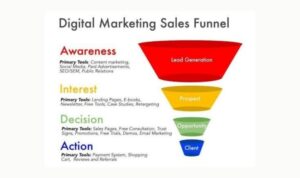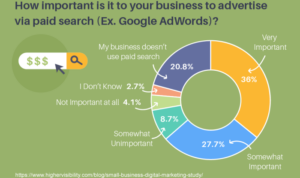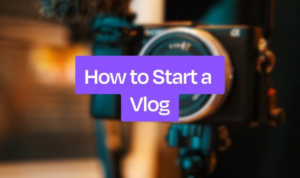Content Personalization Tips are crucial for modern marketing success, allowing businesses to connect with their audience on a deeper level. From understanding your audience to implementing the right tools, personalized content is the key to standing out in a crowded digital landscape.
In this guide, we’ll explore the importance of content personalization, strategies for tailoring content to individual preferences, and the tools you need to make it happen. Dive in to revolutionize your content marketing game!
Introduction to Content Personalization Tips
Content personalization is a vital aspect of modern marketing strategies, allowing businesses to tailor their content to meet the specific needs and preferences of individual consumers. By delivering personalized content, companies can enhance customer engagement, drive conversions, and build long-lasting relationships with their target audience.Some industries that have seen significant benefits from content personalization include e-commerce, travel and hospitality, media and entertainment, and healthcare.
For instance, e-commerce platforms use personalized product recommendations based on browsing history to increase sales, while healthcare providers send personalized health tips and reminders to patients for better outcomes.Statistics show that personalized content can lead to a significant increase in key performance indicators. According to a study by Epsilon, 80% of consumers are more likely to make a purchase when brands offer personalized experiences.
In addition, research by Evergage revealed that 88% of marketers see measurable improvements in their businesses’ results due to personalized content strategies.
Benefits of Content Personalization
- Increased customer engagement and loyalty
- Higher conversion rates and sales
- Improved brand perception and customer satisfaction
- Enhanced relevance and resonance with target audience
Understanding Your Audience
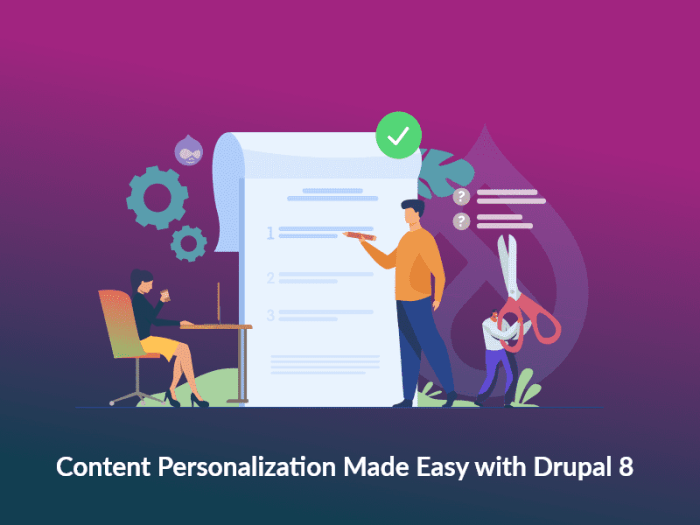
Knowing your target audience is crucial for creating personalized content that resonates with them. By understanding their preferences, behaviors, and needs, you can tailor your content to meet their expectations and provide value.Data analytics plays a key role in understanding audience behavior by collecting and analyzing data from various sources such as website traffic, social media engagement, and customer feedback.
This data can reveal valuable insights into your audience’s demographics, interests, and online activities.
Methods to Gather Data About Your Audience Preferences
- Conduct surveys and polls to directly ask your audience about their preferences and opinions.
- Monitor website analytics to track user behavior, such as popular pages, click-through rates, and bounce rates.
- Utilize social media insights to understand audience engagement, demographics, and interests.
- Collect customer feedback through reviews, comments, and direct communication to gain valuable insights.
Role of Data Analytics in Understanding Audience Behavior
- Data analytics helps identify trends and patterns in audience behavior, allowing you to make data-driven decisions for content personalization.
- By analyzing data, you can segment your audience based on characteristics such as age, location, and interests to create targeted content.
- Data analytics enables you to measure the effectiveness of your content personalization efforts and make adjustments based on audience feedback and behavior.
- Through data analytics, you can gain a deeper understanding of your audience’s preferences, which can lead to improved engagement and conversions.
Tailoring Content for Personalization
Personalizing content is essential for engaging your audience and driving conversions. By tailoring your content to individual preferences and needs, you can create a more meaningful and impactful experience for your users. Here are some strategies for creating personalized content:
Utilize Data Analytics
Utilize data analytics tools to gather insights about your audience’s preferences, behaviors, and interests. Analyzing this data can help you understand what type of content resonates with different segments of your audience.
Create Dynamic Content
Create dynamic content that can be personalized in real-time based on user interactions or behaviors. This could include personalized recommendations, content suggestions, or targeted messages based on user preferences.
Implement AI and Machine Learning
AI and machine learning technologies can play a crucial role in content personalization. These tools can analyze large amounts of data to identify patterns and trends, enabling you to deliver more relevant and personalized content to your audience.
Segment Your Audience
Segmenting your audience based on demographics, behaviors, interests, or preferences can help you tailor your content more effectively. By understanding the different needs and preferences of each segment, you can create content that resonates with specific audience groups.
Optimize Content for Different Channels
Optimize your content for different channels and devices to ensure a seamless and personalized experience for your audience. Tailoring your content for specific channels, such as social media, email, or mobile, can help you reach your audience more effectively.
Test and Iterate
Continuously test and iterate on your personalized content strategy to optimize performance and engagement. Use A/B testing and analytics to measure the effectiveness of different personalization tactics and refine your approach accordingly.
Implementing Personalization Tools
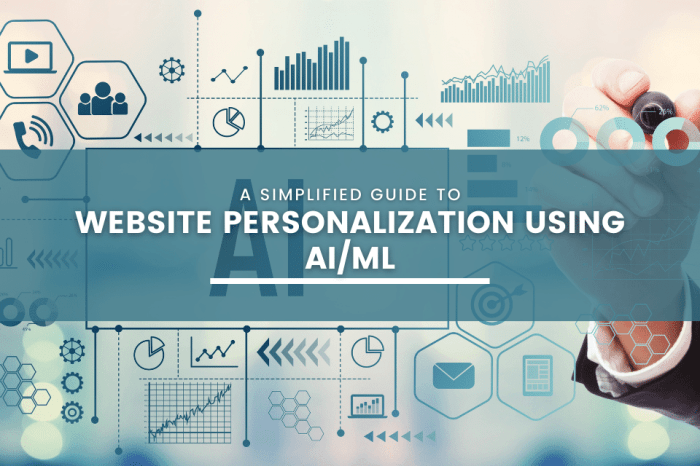
Now that you have a good understanding of your audience and how to tailor content for personalization, it’s time to explore the various tools available to help you automate this process. Let’s compare different content personalization tools in the market, share steps to integrate them into your content strategy, and discuss the benefits of using automation in content personalization.
Comparing Personalization Tools, Content Personalization Tips
Before choosing a personalization tool, it’s important to consider factors such as ease of use, customization options, integration capabilities, and cost. Here are some popular tools to consider:
- HubSpot Personalization
- Optimizely
- Evergage
- Adobe Target
Integrating Personalization Tools
Once you’ve selected a personalization tool that aligns with your goals, it’s time to integrate it into your content strategy. Follow these steps to ensure a smooth implementation:
- Set clear objectives and KPIs for personalization.
- Map out customer journeys and touchpoints.
- Sync your CRM and other data sources with the personalization tool.
- Create personalized content templates and rules.
- Test and optimize your personalized content regularly.
Benefits of Automation in Content Personalization
Automation plays a crucial role in content personalization by saving time, improving efficiency, and delivering a more tailored experience to your audience. Here are some key benefits of using automation:
- Increased engagement and conversion rates.
- Enhanced customer satisfaction and loyalty.
- Real-time personalization based on user behavior.
- Scalability and consistency in delivering personalized content.
